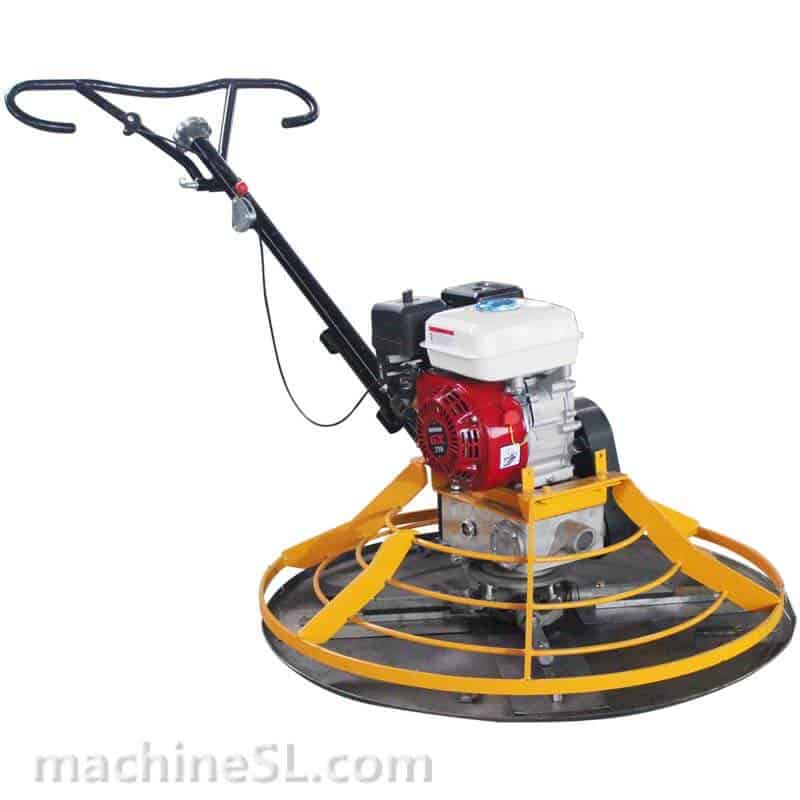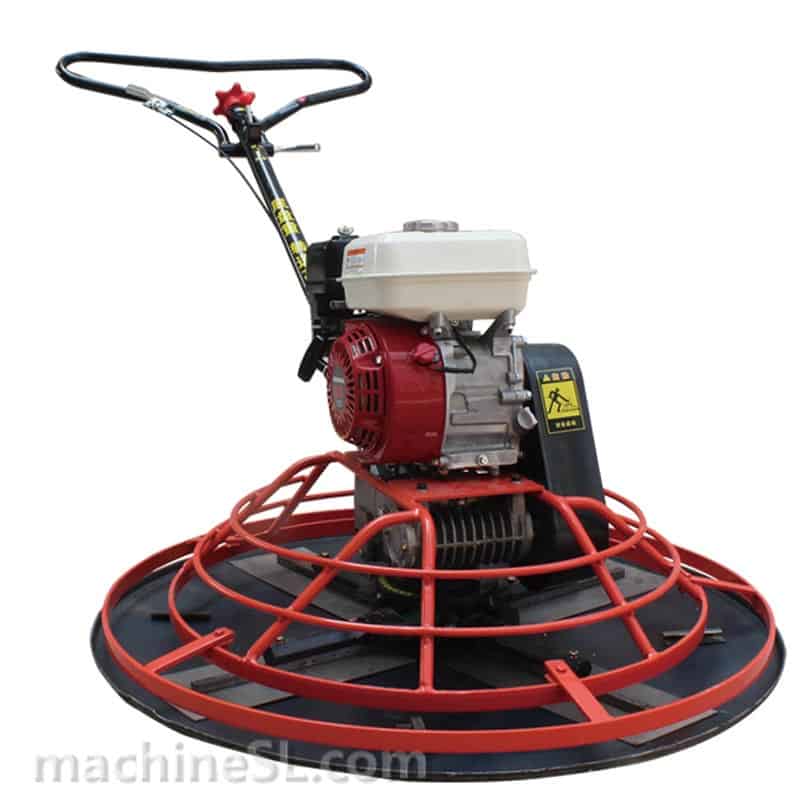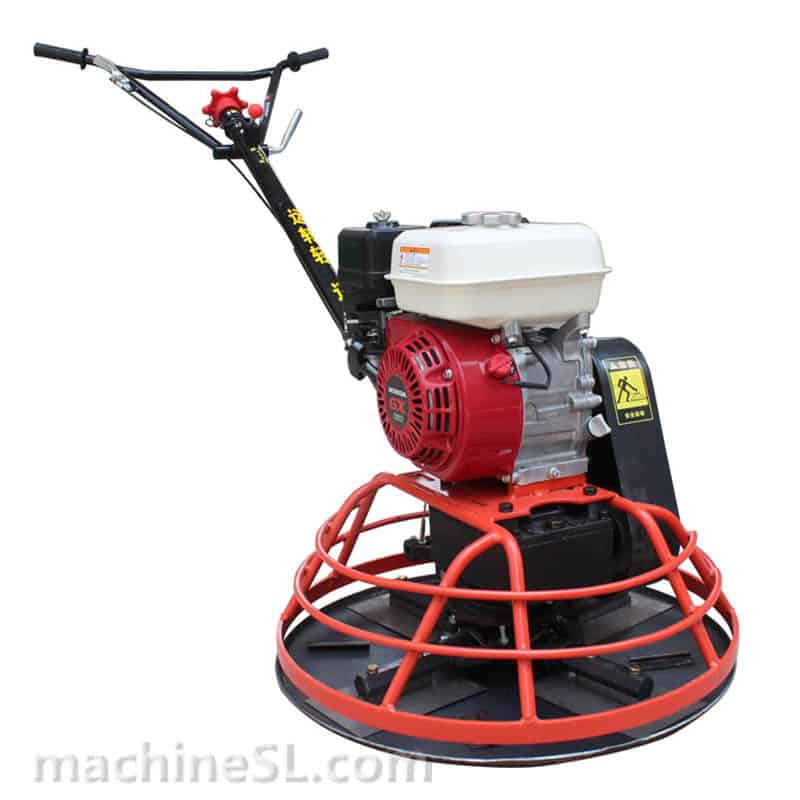The Ultimate Battle: Power Trowel vs. Bull Float – Which Wins
In construction projects, concrete finishing plays a vital role in ensuring the quality and longevity of concrete surfaces. Among the essential tools used for this purpose are the power trowel and bull float.
The power trowel, equipped with motorized blades, offers efficiency and speed in achieving a smooth and polished finish. On the other hand, the bull float, either manual or mechanical, excels in leveling and preparing the surface for further finishing.
This article delves into the ultimate battle between the power trowel and bull float, comparing their functions, features, efficiency, skill requirements, and suitability for different concrete projects.
Importance of Concrete Finishing
Effective concrete finishing is essential for several reasons. Firstly, it ensures that the concrete surface is level, which is crucial for the stability and functionality of floors, pavements, and other structural elements. Additionally, proper finishing eliminates rough spots, irregularities, and inconsistencies, enhancing the aesthetic appeal of the final product.
What Is Power Trowel and Bull Float
The power trowel is a motorized device equipped with rotating blades or paddles that smoothen and polish the concrete surface. Power trowels are known for their efficiency and speed in achieving a smooth and level finish. They are commonly used in large-scale projects and where time is of the essence.
The bull float, on the other hand, is a manual or mechanical tool used to level and smooth the surface of freshly poured concrete. It consists of a large flat board, usually made of wood, aluminum, or magnesium, with handles attached for ease of use.
Contents
Power Trowel
Definition and Function
A power trowel is a motorized device used for concrete finishing, specifically for smoothing and polishing the surface. It consists of one or more rotating blades or paddles attached to a power-driven gearbox.
Main Components and Features
- Blades or Paddles: The blades or paddles are the key components that encounter the concrete surface. They rotate rapidly to create a smooth finish.
- Power Source: Power trowels are typically powered by gasoline or electricity, providing the necessary energy for blade rotation.
- Handle and Controls: Power trowels are equipped with handles that allow the operator to guide and maneuver the machine. Control buttons or levers enable the operator to start, stop, and adjust the trowel’s speed and blade pitch.
Process of Using
- After the concrete is poured and leveled, the power trowel is positioned on the surface.
- The operator starts the trowel, and the rotating blades encounter the concrete, smoothing and compacting it.
- The operator moves the trowel in a controlled manner, overlapping each pass to ensure even coverage and a uniform finish.
Advantages and Benefits
- Efficiency and Productivity: Power trowels allow for faster and efficient concrete finishing, reducing time and costs.
- High-Quality Finish: The rapid rotation of the blades enables the trowel to achieve a smooth, level surface with excellent surface hardness and density.
Limitations or Considerations
- Size and Access: Power trowels are more suitable for larger, open areas. They may not be as effective in confined or tight spaces.
- Operator Skill: Operating a power trowel requires skill and experience to ensure proper control and results.
- Surface Requirements: Power trowels are best suited for relatively flat surfaces. Uneven or sloped surfaces may pose challenges during operation.
Bull Float
Definition and Function
A bull float is a manual or mechanical tool used for concrete finishing, specifically for leveling and smoothing the surface. It consists of a large, flat board typically made of wood, aluminum, or magnesium.
Main Components and Features
- Board: The main component of a bull float is the large, flat board that is used to level and smooth the concrete surface.
- Handles: Bull floats have handles attached to the board, allowing the operator to maneuver and control the tool during use.
- Bracket or Mounting System: Some bull floats have a bracket or mounting system that allows for the attachment of extension handles or additional accessories.
Process of Using a Bull Float
- After the concrete is poured, the bull float is positioned on the surface.
- The operator uses the handles to move the bull float back and forth in a sweeping motion, distributing the concrete and leveling the surface.
- The bull float is typically used in the early stages of concrete finishing to remove excess water and fill in low spots.
Advantages and Benefits
- Leveling and Surface Preparation: Bull floats are effective in leveling and preparing the concrete surface for further finishing.
- Flexibility and Adaptability: Bull floats are suitable for various concrete applications, including large areas, slabs, and pavements.
- Cost-Effective: Bull floats are generally more affordable than power trowels, making them accessible to a wider range of construction projects.
Limitations or Considerations When Using
- Time and Labor Intensive: Bull floating can be physically demanding, especially for large areas, and may require more time and effort compared to power trowel use.
- Limited Smoothing Capability: Bull floats are effective for initial leveling and surface preparation but may not provide the same level of smoothness and polishing as power trowels.
Comparison
Working Principles
- Power Trowel: Power trowels utilize motorized blades or paddles to smooth and polish the concrete surface. The rotating blades create friction and compact the concrete, resulting in a smooth finish.
- Bull Float: Bull floats, whether manual or mechanical, rely on manual force applied by the operator to level and smooth the concrete surface. The large, flat board distributes and settles the concrete, achieving a relatively level finish.
Efficiency and Speed
- Power Trowel: Power trowels are known for their efficiency and speed in concrete finishing. They can cover large areas quickly, significantly reducing labor time and increasing productivity.
- Bull Float: Bull floats are generally slower compared to power trowels since they require manual effort for operation. Finishing large areas with a bull float may take more time and physical exertion.
Quality and Smoothness of Concrete Finish
- Power Trowel: Power trowels can achieve a high-quality finish with exceptional smoothness. The rapid rotation of the blades allows for finer leveling and polishing, resulting in a more refined appearance.
- Bull Float: While bull floats can level and smooth the concrete surface, they may not provide the same level of smoothness and polishing as power trowels. Their primary role is to prepare the surface and remove imperfections, but additional finishing steps may be required for a refined appearance.
Skill and Expertise Required
- Power Trowel: Operating a power trowel requires skill and expertise to ensure proper control and achieve the desired results.
- Bull Float: Using a bull float also requires skill, but it is generally considered less complex than operating a power trowel.
Cost and Maintenance Considerations
- Power Trowel: Power trowels tend to be more expensive than bull floats, especially for larger ride-on models. They also require regular maintenance, including blade adjustments, lubrication, and engine upkeep.
- Bull Float: Bull floats are generally more affordable than power trowels, making them accessible to a wider range of projects. Maintenance requirements are minimal since there are no motorized components to maintain.
Application and Suitability
Concrete projects where a power trowel is most suitable
- Large-Scale Projects: Power trowels are highly suitable for large-scale concrete projects, such as industrial floors, parking lots, and airport runways, where speed and efficiency are crucial.
- High-Quality Finishes: When a smooth, polished, and aesthetically pleasing surface is desired, power trowels excel in achieving such finishes.
Scenarios where a bull float is preferred over a power trowel
- Early Surface Preparation: Bull floats are particularly useful in the early stages of concrete finishing, where their primary function is to level and remove excess water from freshly poured concrete.
- Sloped Surfaces: Bull floats are better suited for sloped or uneven surfaces where using a power trowel may be challenging or less effective.
- Restricted Spaces: In confined areas or tight corners, where maneuvering a power trowel is difficult, a bull float offers better accessibility and control.
Factors Influencing Tool Choice
- Surface Condition: If the concrete surface is relatively flat and requires a high degree of smoothness, a power trowel may be the preferred choice. However, if the surface has significant irregularities or slopes, starting with a bull float for initial leveling can be advantageous.
- Project Size and Timeframe: For larger projects with tight deadlines, where efficiency is paramount, power trowels are often the preferred option. For smaller projects or those with flexible timelines, a bull float may provide a cost-effective solution.
- Operator Skill and Experience: The skill level of the operator should be considered. Power trowels require more expertise to achieve desired results, while bull floats are generally more straightforward to operate.
Conclusions
In conclusion, the comparison between the power trowel and bull float in concrete finishing has highlighted several key points. The power trowel, with its motorized blades, offers efficiency, speed, and a high-quality, polished finish, making it ideal for large-scale projects with tight deadlines.
On the other hand, the bull float, whether manual or mechanical, excels in early surface preparation, sloped surfaces, and confined spaces. Based on the specific requirements of a concrete finishing project, a recommendation can be made. For projects emphasizing speed, efficiency, and a refined appearance, the power trowel is recommended. However, if the project involves early leveling, sloped surfaces, or restricted spaces, the bull float would be more suitable.
Ultimately, selecting the right tool for the job is of utmost importance. It ensures efficiency, quality, and cost-effectiveness, and contributes to the overall success and durability of the construction project.




























Leave A Comment